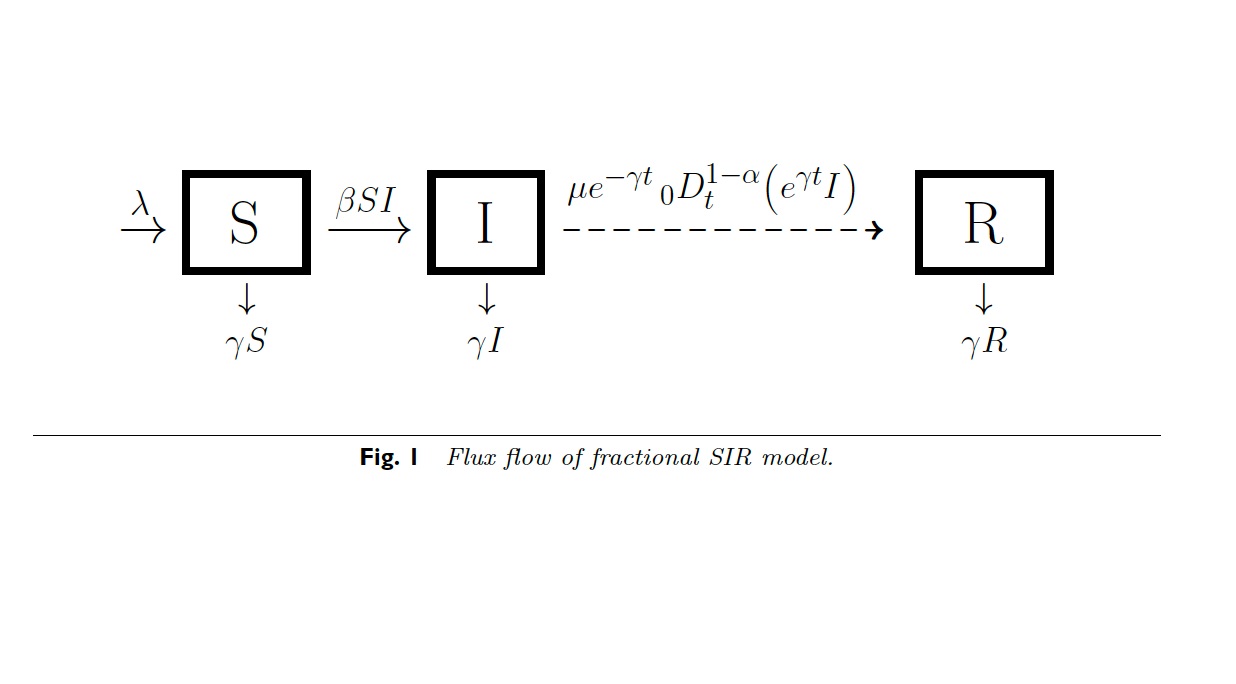A General Framework for Fractional Order Compartment Models

Dr James Nichols features in SIAM Review, with a Paper quite relevant to Biological Modelling.
Compartment models are a widely used class of models that are useful when considering the flow of objects, people, or energy between different labeled states, referred to as compartments. Classic examples include SIR models in epidemiology and many pharmacokinetic models used in pharmacology. These models are formulated as sets of coupled ordinary differential equations, but in recent years there has been increasing interest in generalizations involving fractional differential equations. The majority of such generalizations have been performed in an ad hoc manner by replacing integer order derivatives with fractional derivatives. Such an approach does allow for the incorporation of history effects into the models, but may be problematic in a number of ways, such as breaking conservation of matter. To overcome these problems we have developed a systematic approach for the inclusion of fractional derivatives into compartment models by deriving the deterministic governing equations from an underlying physical stochastic process. This derivation also reveals the connection between these fractional order models and age-structured models. Unlike the ad hoc addition of fractional derivatives, our approach ensures that the model remains physically reasonable at all times and provides for an easy interpretation of all the parameters in the model. Illustrative examples, drawn from epidemiology, pharmacokinetics, and in-host virus dynamics, are provided.
